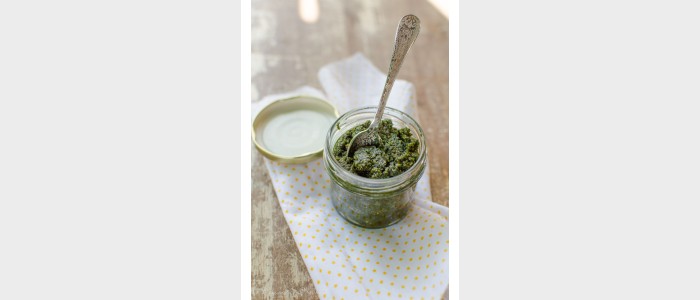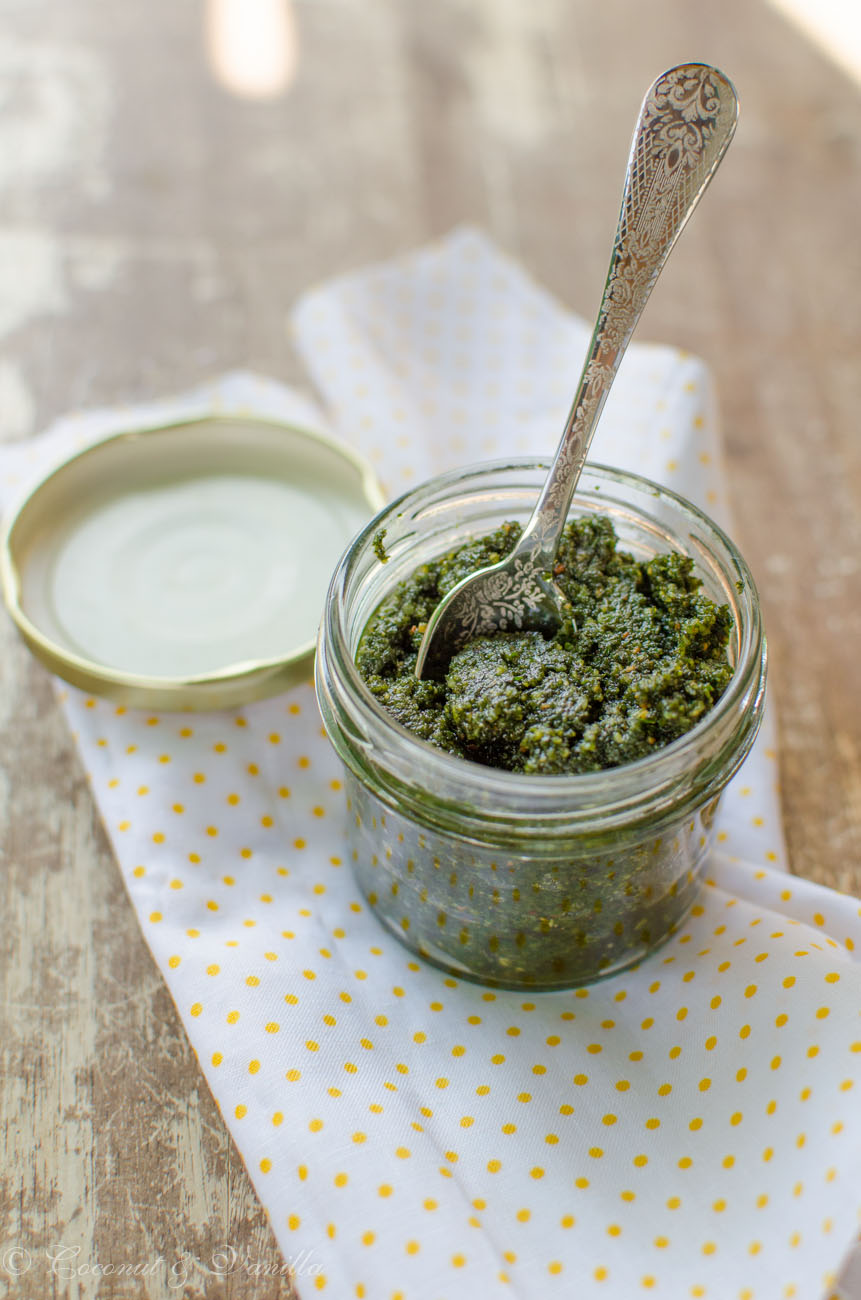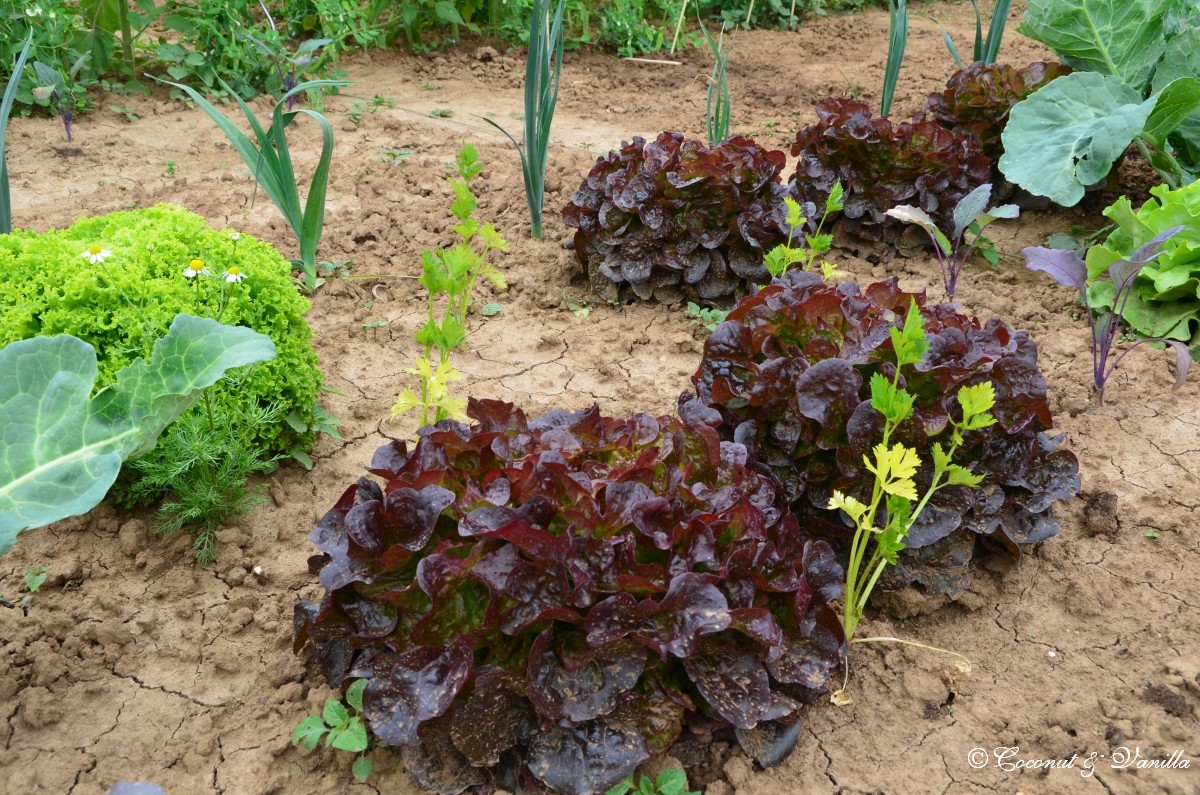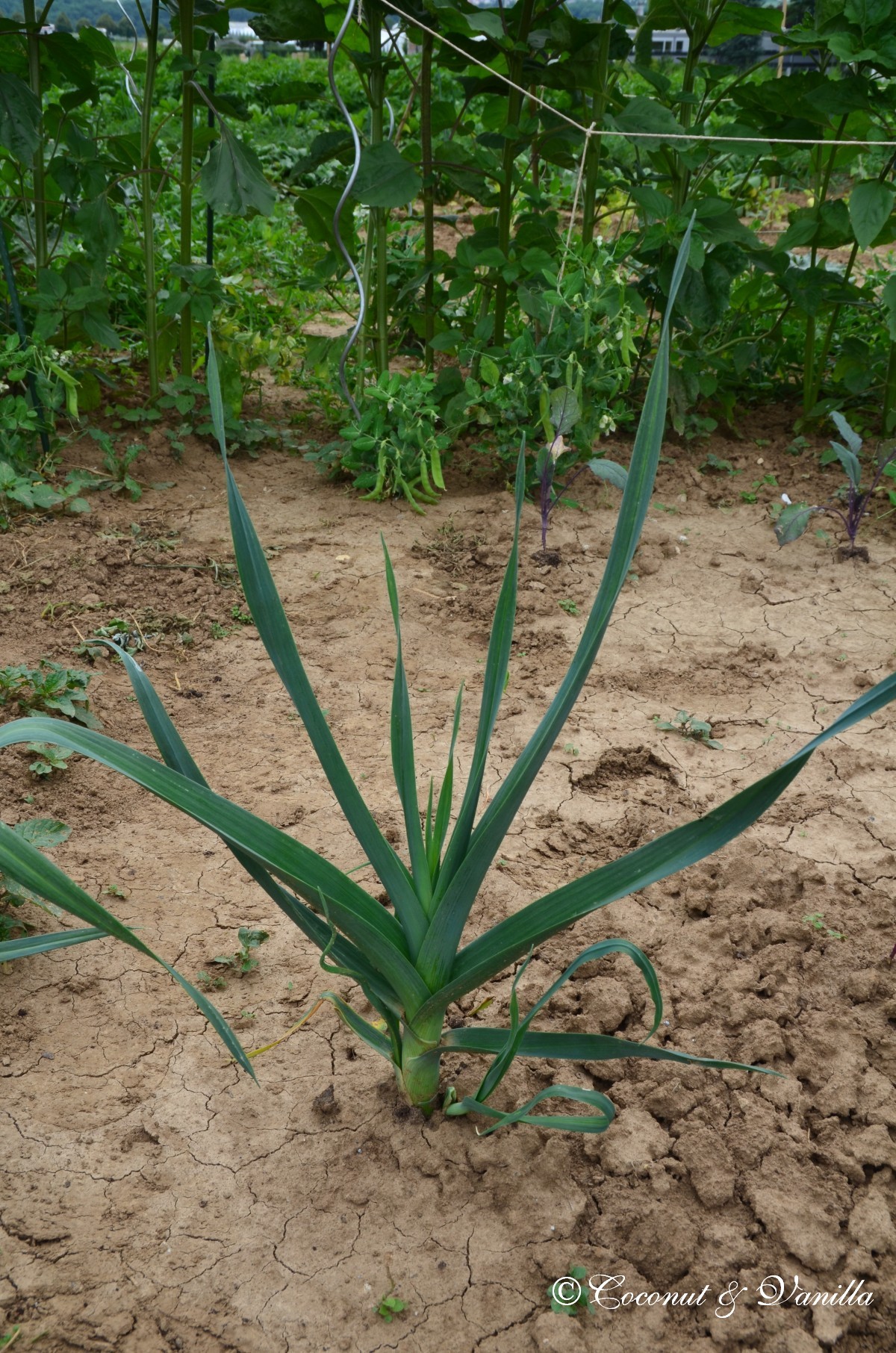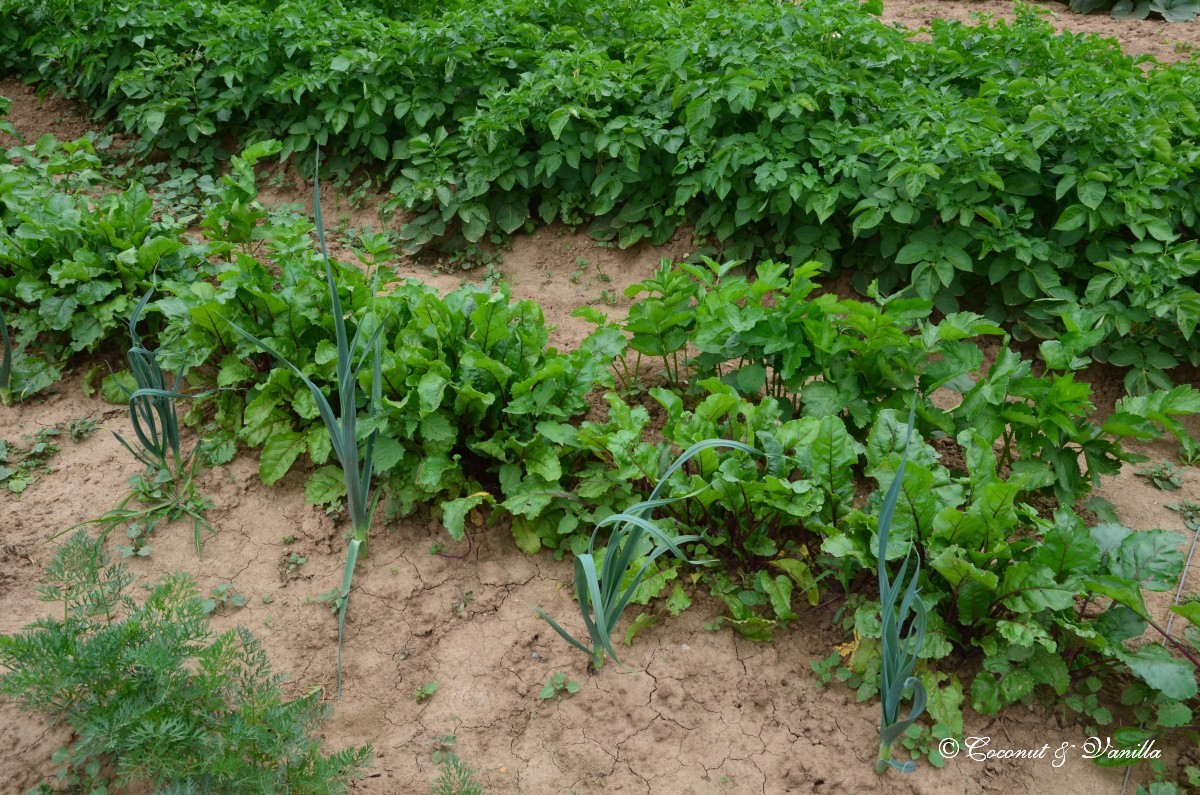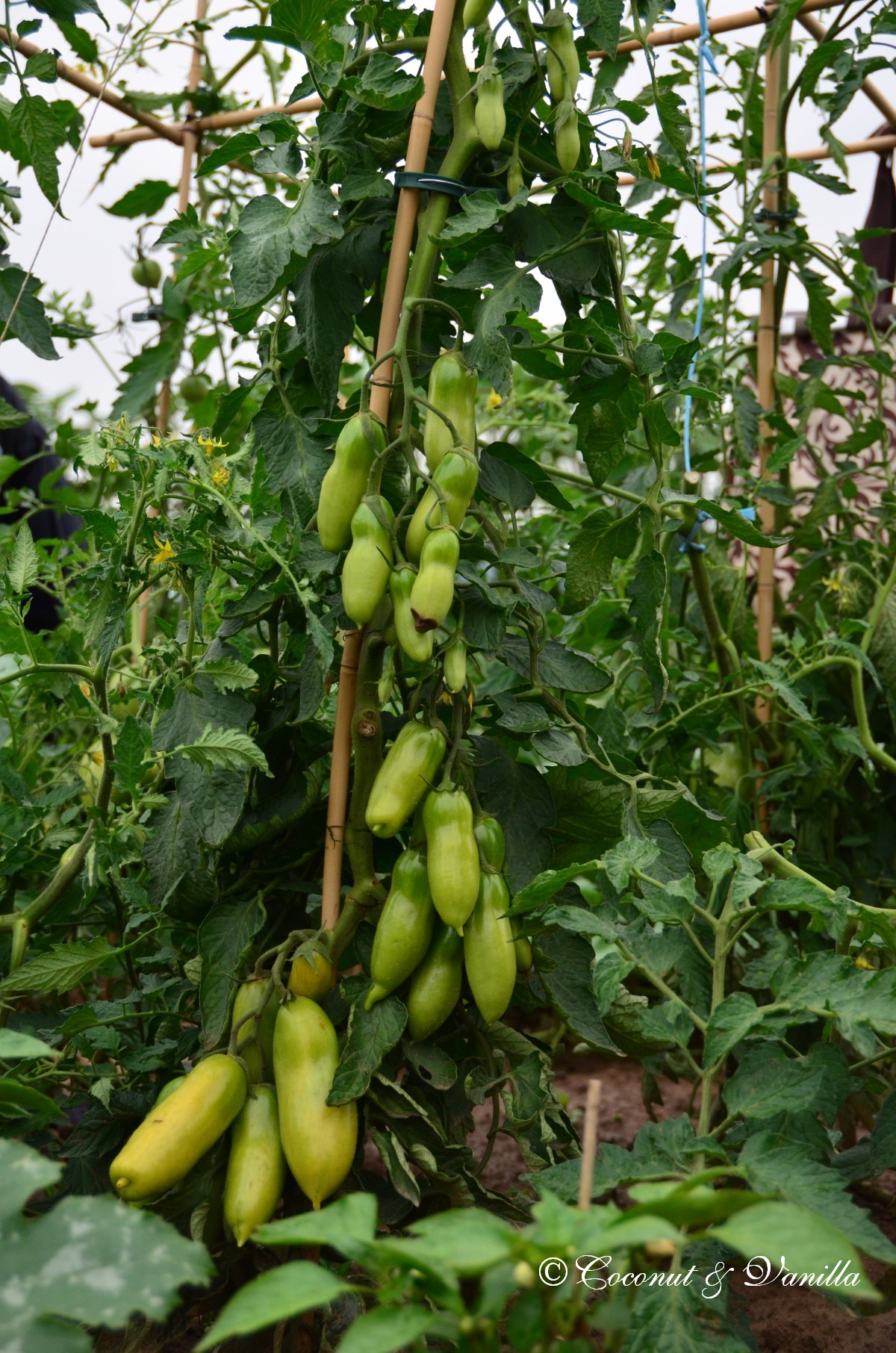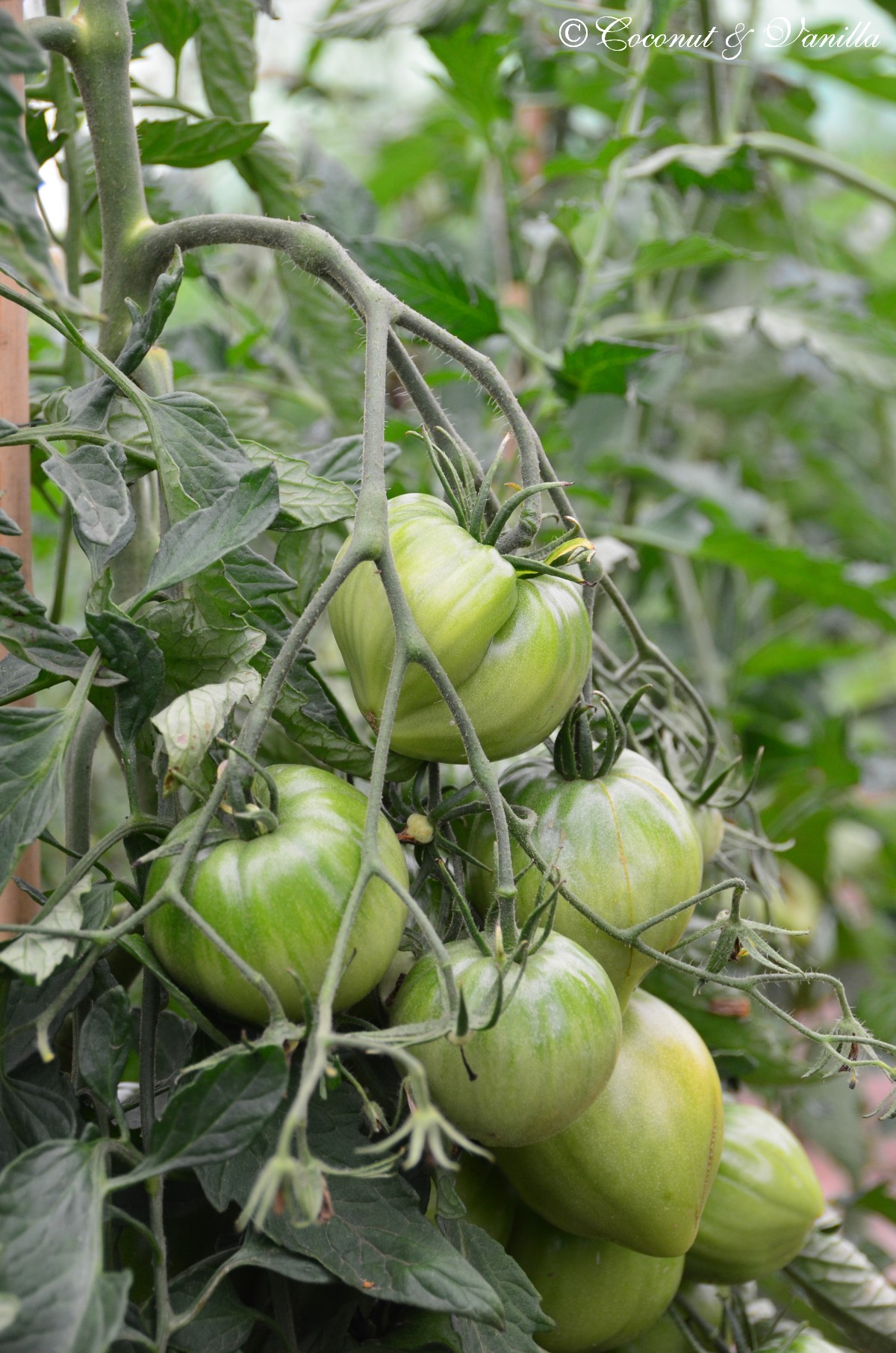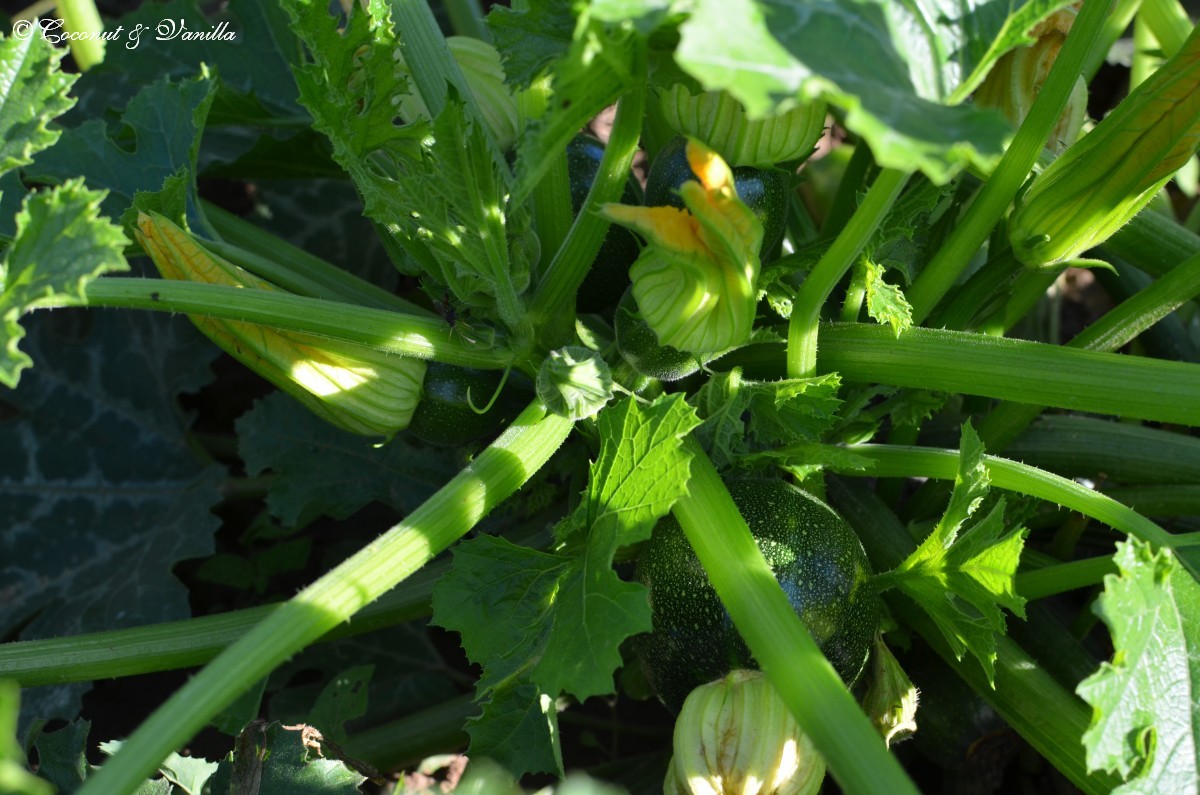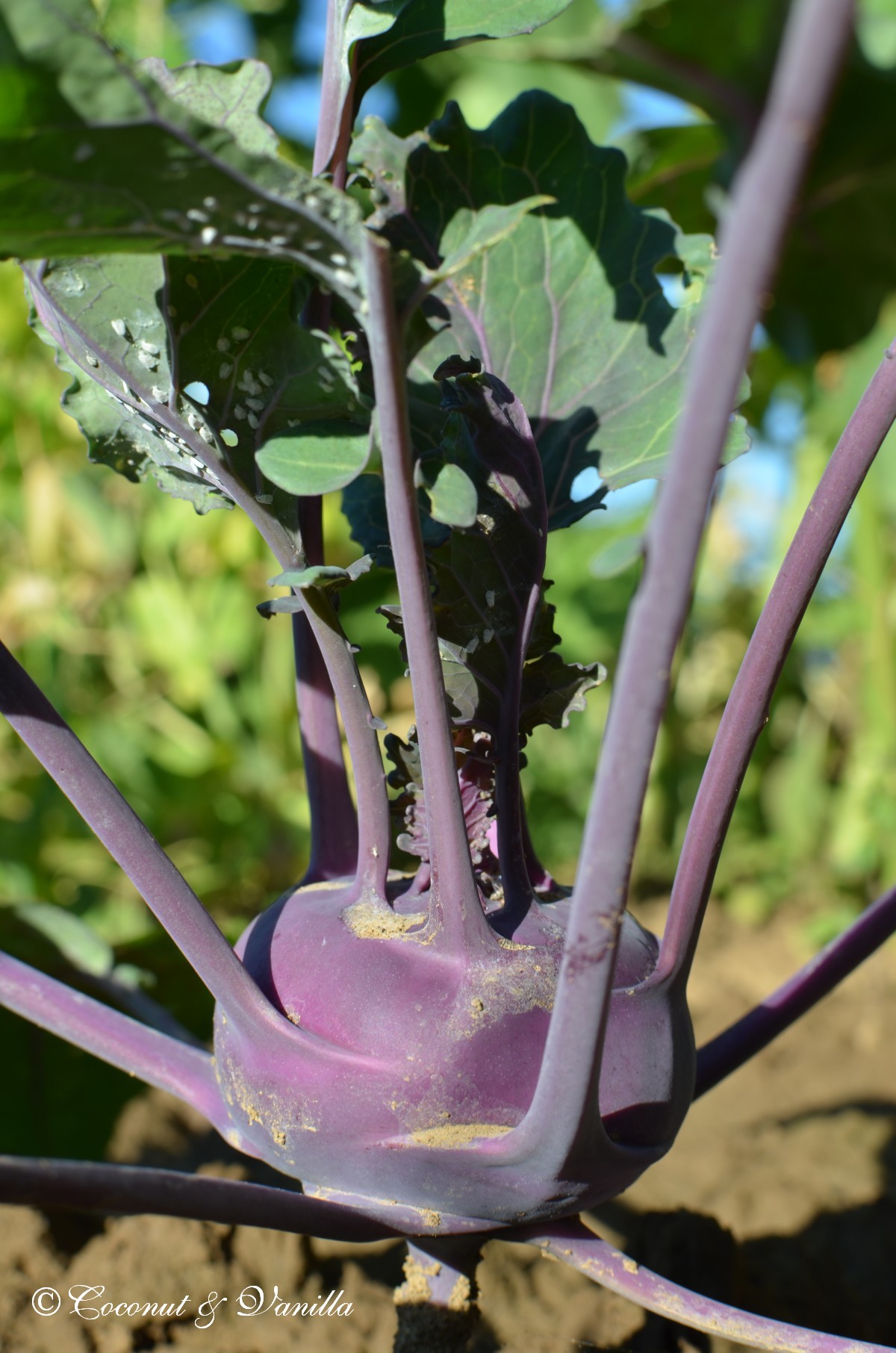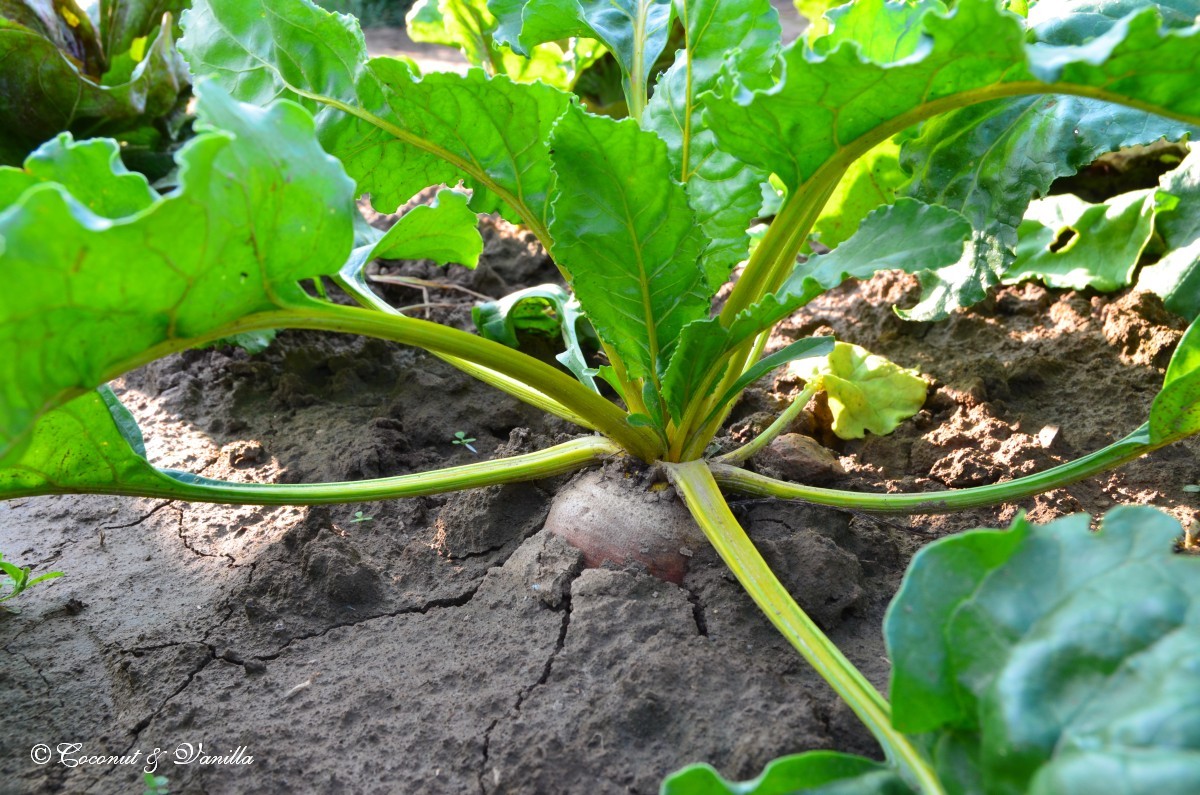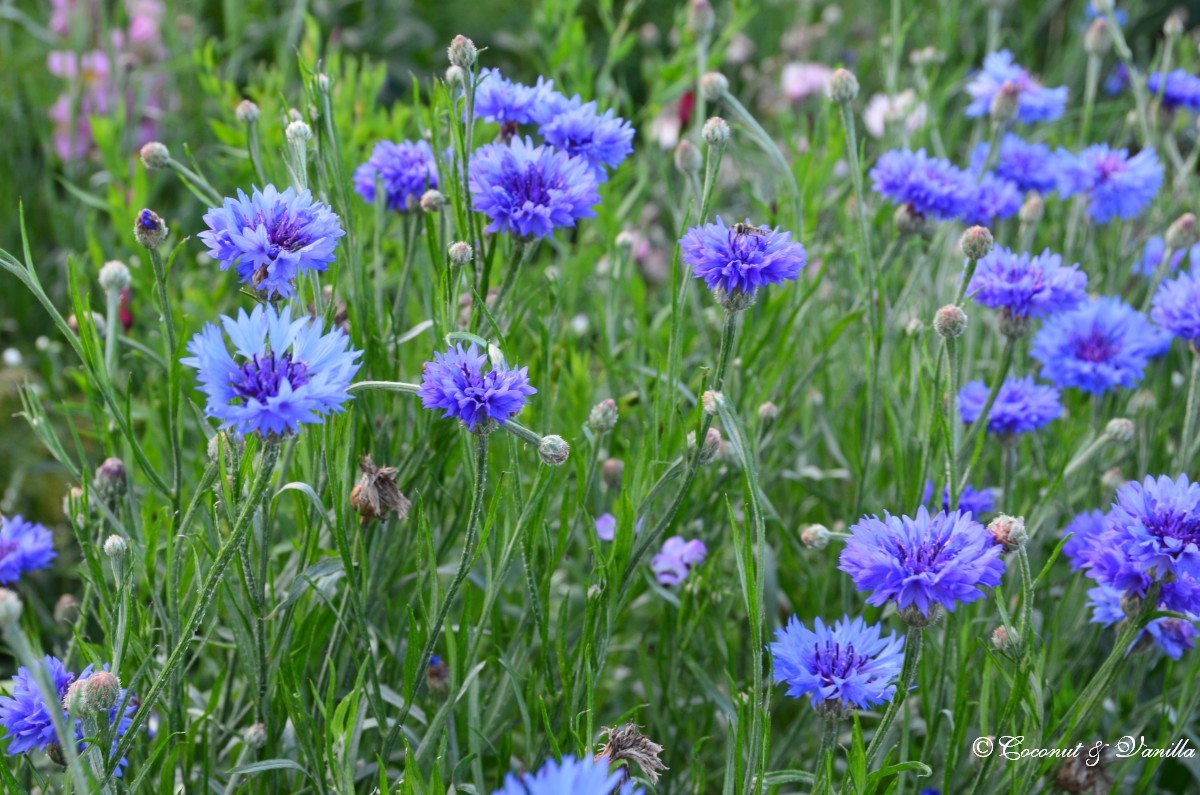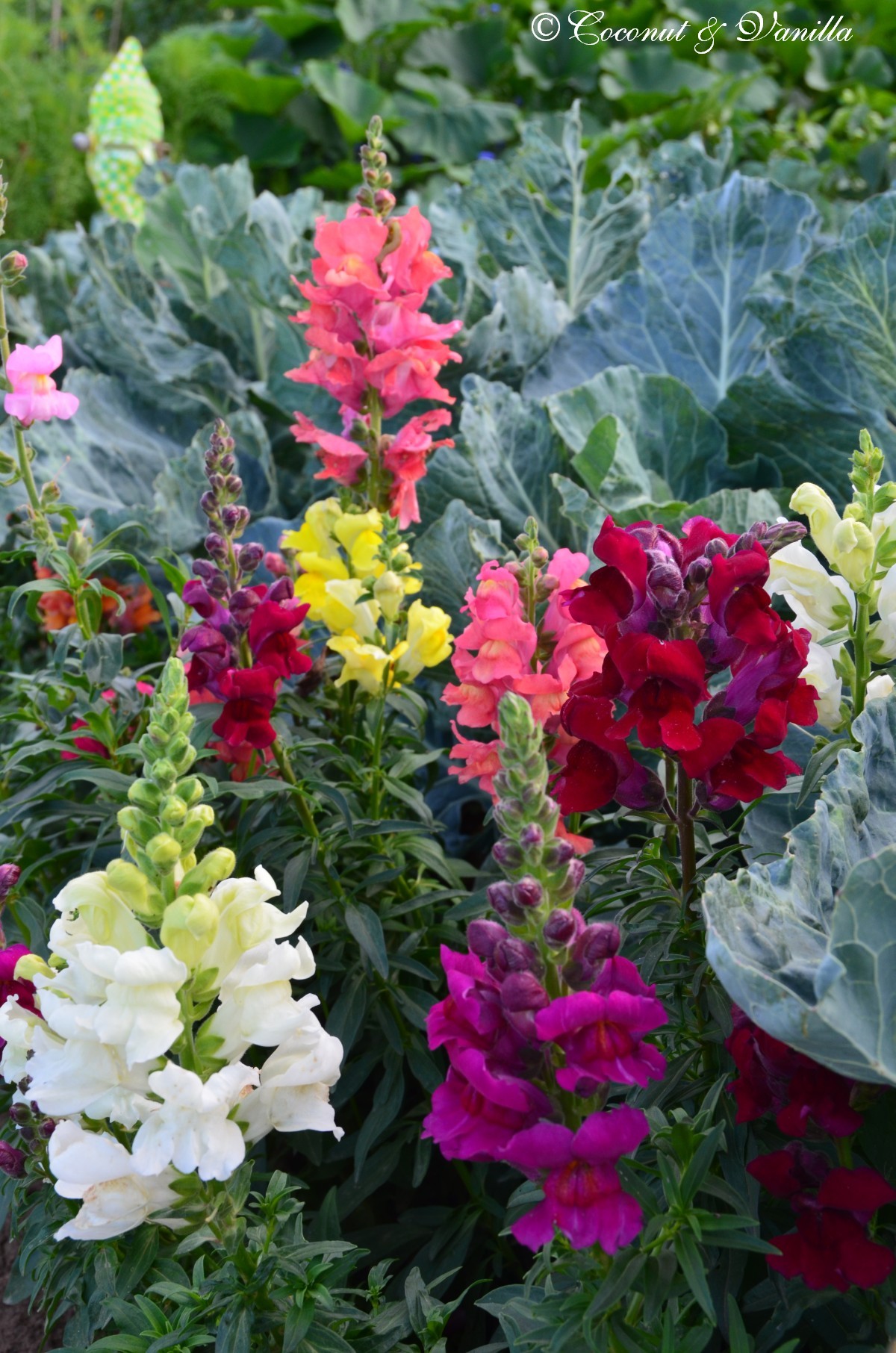[:de]
Keine Lust und Zeit lange zu kochen? Hey, ich versteh euch! Aber ein anständiges ausgewogenes Essen soll es schon sein, gell? Diese Harissa-Möhren mit Ziegenkäse, pochiertem Ei und Salat auf Buttertoast sind total einfach und machen muss man dabei sehr wenig! Zudem schmecken sie seeeehr lecker! Vor allem in der Kombination mit den anderen Zutaten ergibt sich eine ausgewogene Mischung aus Texturen und Aromen.
Für dieses Gericht könnt ihr übrigens wunderbar irgendwelche Reste verwenden, die noch bei euch herumlungern! Älteres Brot? Kein Problem, das wird sowieso getoastet! Ein paar Blätter Grünzeug, das noch im Kühlschrank liegt, das kann Salat, Babyspinat, junger Mangold oder Wildkräuter sein. Ich mag Ziegenfrischkäse sehr gerne und ich hatte welchen im Haus, aber auch Mozzarella, Feta oder etwas ähnliches nach eurem Geschmack lässt sich hier verwenden.
Die Möhren habe ich erst mit etwas Dampf gegart und dann nochmal normal bei Ober-/Unterhitze. Wer nur normale Funktionen nimmt einfach nur Ober-/Unterhitze.
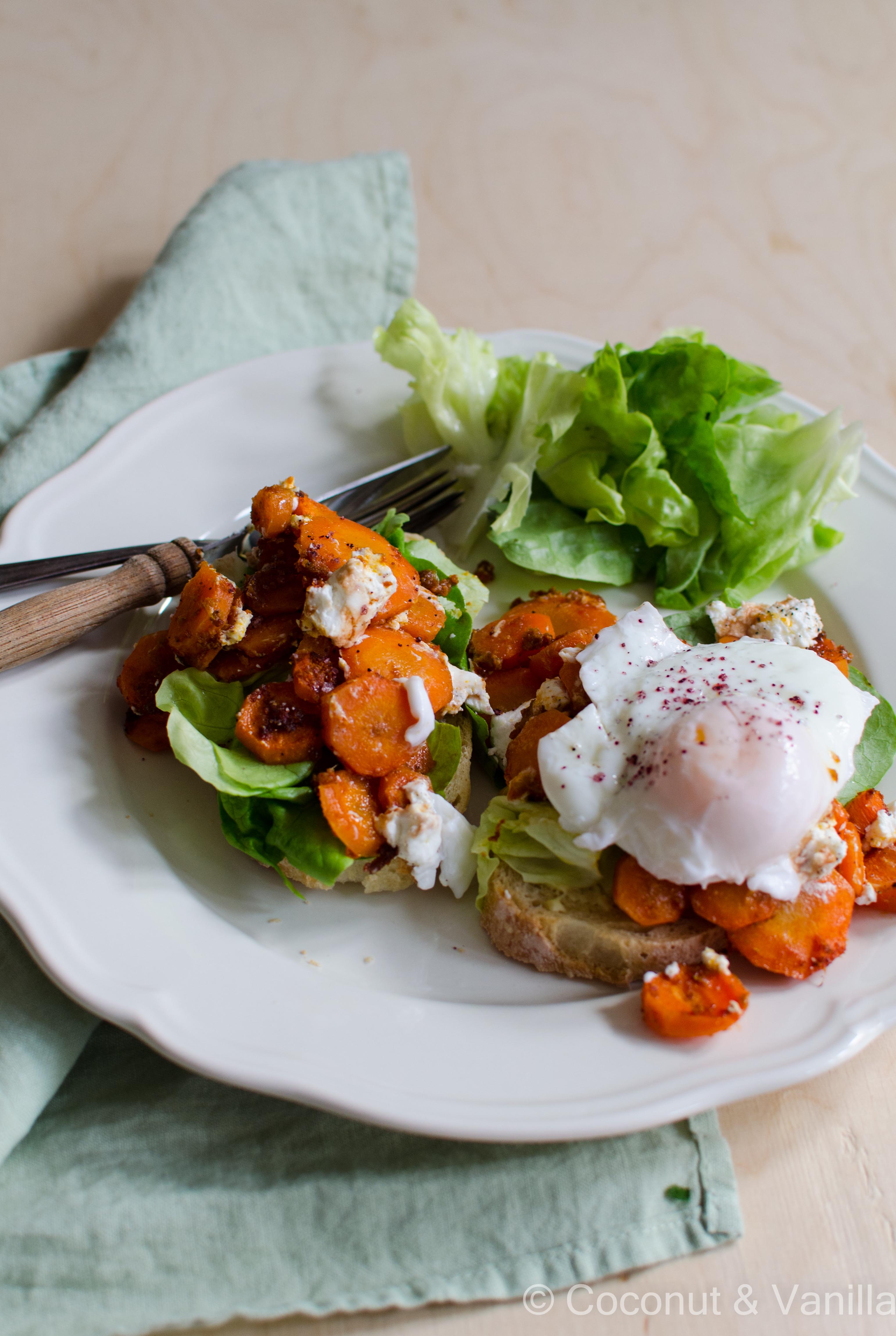
Vor einem Jahr: die fruchtigste Erdbeermarmelade der Welt
Vor drei Jahren: Saftige Hefewaffeln
Vor vier Jahren: Crêpe mit mariniertem grünen Spargel und geräuchertem Lachs
Vor fünf Jahren: Cantucchini
Harissa-Möhren mit Ziegenkäse, pochiertem Ei und Salat auf Buttertoast
nach einem Rezept von Naturally Ella
ergibt: 1 Portion
Zutaten:
- 4 Möhren
- 2 EL Harissa
- 1 – 2 Scheiben Brot, nehmt was euch schmeckt und ihr zu Hause habt (ich hatte selbstgebackenes Weißbrot zu Hause)
- Butter
- 3 – 4 Blätter Salat (oder eine kleine Handvoll Babyspinat, Baby-Mangold, Wildkräuter, etc)
- 25 g Ziegenfrischkäse
- 1 EL Olivenöl
- 1 TL Zitronensaft oder einen aromatischen Frucht-Balsamico (ich habe einen guten Orangen-Balsamico verwendet)
- Meersalz
- schwarzer Pfeffer, frisch gemahlen
- 1 Ei
Die Möhren schälen, die Enden abschneiden und in 1/2 cm dicke Scheiben schneiden. Mit dem Harissa in eine Auflaufform geben und gleichmäßig vermengen. Bei 200° C Ober-/Unterhitze 20-30 Minuten garen bis sie noch etwas Biss haben.
Alternativ: 20 Minuten bei 180° C Heißluft mit 25% Dampf garen und dann nochmal 10 Minuten bei 200° C Ober-/Unterhitze.
In der Zwischenzeit das Brot toasten und mit Butter bestreichen. Mit dem Salat belegen.
Das Ei in einem flachen Topf pochieren. Darauf achten, dass das Wasser nicht mehr kocht, wenn man das Ei ins Wasser gibt.
Den Ziegenfrischkäse zerbröckeln und mit Olivenöl, Balsamico/Zitronensaft und den Möhren vermengen. Mit Salz und Pfeffer würzen.
Die Brote mit Möhren und Ei belegen. Das Ei mit Salz und Pfeffer würzen und sofort servieren!
[:en]
No time and you are not up to cooking? Hey, I get you! But a balanced diet is everything, right?
These harissa carrots with fresh goats cheese, poached egg and lettuce on buttered toast is so easy and quick to whip together! And it’s just delish! Especially this combination of all the ingredients yields in a perfect mixture of aromas and textures.
This dish is also great for using up any leftovers! Old bread? No problem, toast it! The leftover greens in your crisper drawer are good here: lettuce, baby spinach, baby swiss chard or wild herbs. I love fresh goats cheese and have always some at home, but mozzarella, feta or something else you prefer is fine, too.
I steamed the carrots first in the oven, then cooked the normally with top/bottom heat. But you can also just bake them with top/bottom only.

One year ago: the most fruity strawberry jam on the planet
Three years ago: luscious yeast waffles
Four years ago: crêpe with marinated green asparagus and smoked salmon
Five years ago: cantucchini
Harrisa Carrots with goats cheese, poached egg and lettuce on buttered toast
adapted from Naturally Ella
yields: 1 portion
Ingredients:
- 4 carrots
- 2 Tbsp harissa
- 1 – 2 slices bread of your choice (I used homemade white bread)
- butter
- 3 – 4 leaves of lettuce (or a small handfull of baby spinach or baby swiss chard or wild herbs etc), washed, rinsed and spinned dry
- 25 g fresh goats cheese
- 1 Tbsp olive oil
- 1 tsp lemon juice or an aromatic fruity balsamico (I used a good orange balsamico)
- fine sea salt
- black pepper, freshly ground
- 1 egg
Peel and trim the carrots, slice in 1/2 cm coins. Mix with the harissa in a baking dish. Bake at 200° C top/bottom heat for 20 – 30 minutes until they are done, but still firm to the bite.
Optional: 25% steam and 180° C hot air for 20 minutes, then turn to 200° C top/bottom heat for 10 minutes.
In the meanwhile:
Toast the bread and smear with butter.
Add the lettuce on the bread.
Poach the egg in a shallow pot. Be aware: the water should not boil when putting the egg into the water.
Crumble the goats cheese and mix with the olive oil, lemon juice/balsamico and the carrots. Season with salt and pepper.
Put the carrots on the lettuce and the egg on top. Season with salt and pepper and serve in an instant!
[:]

![[:de]Harissa-Möhren mit Ziegenkäse, pochiertem Ei und Salat auf Buttertoast[:en]Harrisa Carrots with goats cheese, poached egg and lettuce on buttered toast[:]](https://coconutandvanilla.com/wp-content/uploads/2016/05/harissa-carrots-banner.jpg)


